From the YBA’s to Today: Mat Collishaw
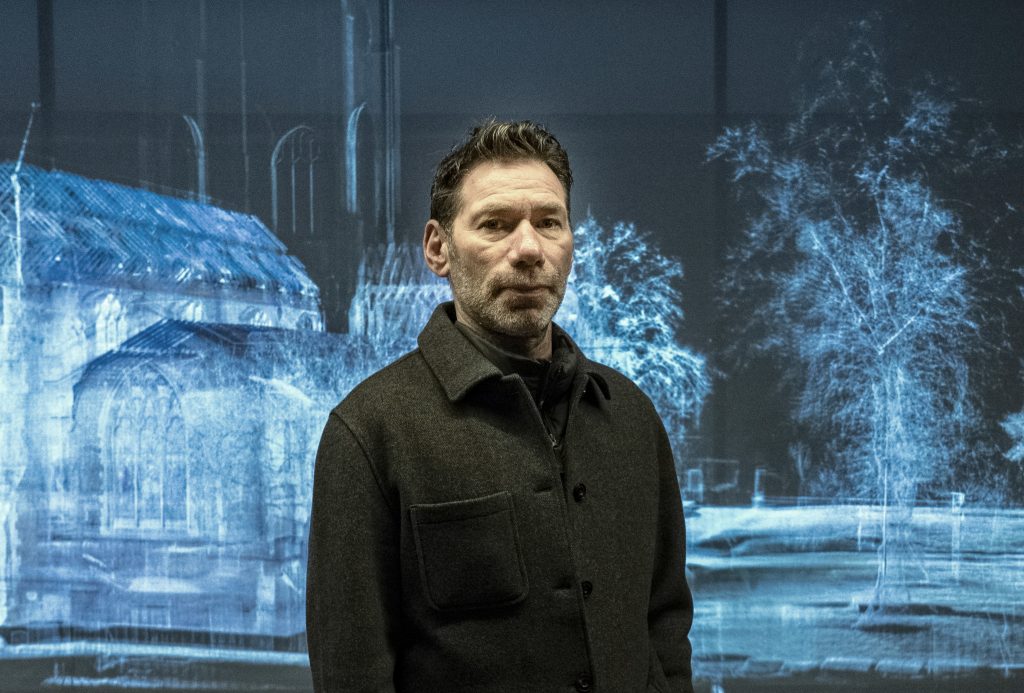
Matthew, or simply “Mat”, Collishaw (b. Nottingham, UK, 1966) is among the group of artists known as the Young British Artists (or YBAs) who studied at Goldsmiths’ College in London in the late 1980s. Bullet Hole (1988) is among his best-known works: a photo of what appears to be a bullet hole in a person’s scalp, mounted on 15 light boxes. The artist took the original image from a pathology textbook (which actually showed a wound caused by an ice pick). This work, now in the permanent collection of the Museum of Old and New Art in Hobart (Australia) was originally exhibited in 1988 at Freeze, a group exhibition organised by Damien Hirst that launched the careers of the YBAs – Young British Artists. His work – including photographs, videos, digital and sculptures – are exhibited in international museums from Tate Modern in London, to the Centre Georges Pompidou in Paris, passing through the Museum of Contemporary Art in San Diego.
Collishaw’s practice is a continuous dialogue with Western art of the past that tends to highlight the more mysterious, ephemeral, macabre and sublime sides. Each work becomes a reason for reflection in which beauty is synonymous with the contrast of something else. “In the early 1980’s I was in a Rock/Funk band and we jointly decided to take a break for a few weeks. One day I happened to come back to the rehearsal space to collect a Paul Klee book I’d left there, as I approached I heard the rest of my band in the space rehearsing without me. I collected the Klee book and never looked back. I wasn’t great with a guitar, the only thing I was consistently interested in was drawing, it was a world I could disappear into and one I was completely in control of. It was also the only means a socially awkward person like me could get any respect from my peers.”
He continues, “Before applying to study fine art I visited virtually every art school in the country, only one really intrigued me as it had no divisions between disciplines, students could drift between painting, sculpture, photography etc. There was no syllabus, students had to create their own agenda and then justify it. I also noted that the curator of a groundbreaking exhibition at the Hayward Gallery, Falls the Shadow, was head of the college. I applied and got in and was immediately thrown into a terrifying environment where I had to create and justify artworks. Fortunately I was in good company and benefited from spending a lot of time with Gary Hume, Sarah Lucas, Angela Bulloch, Michael Landy, Damien Hirst, Ian Davenport and Angus Fairhurst, among others”.
FRONTRUNNER is proud to present a conversation with Mat Collishaw.
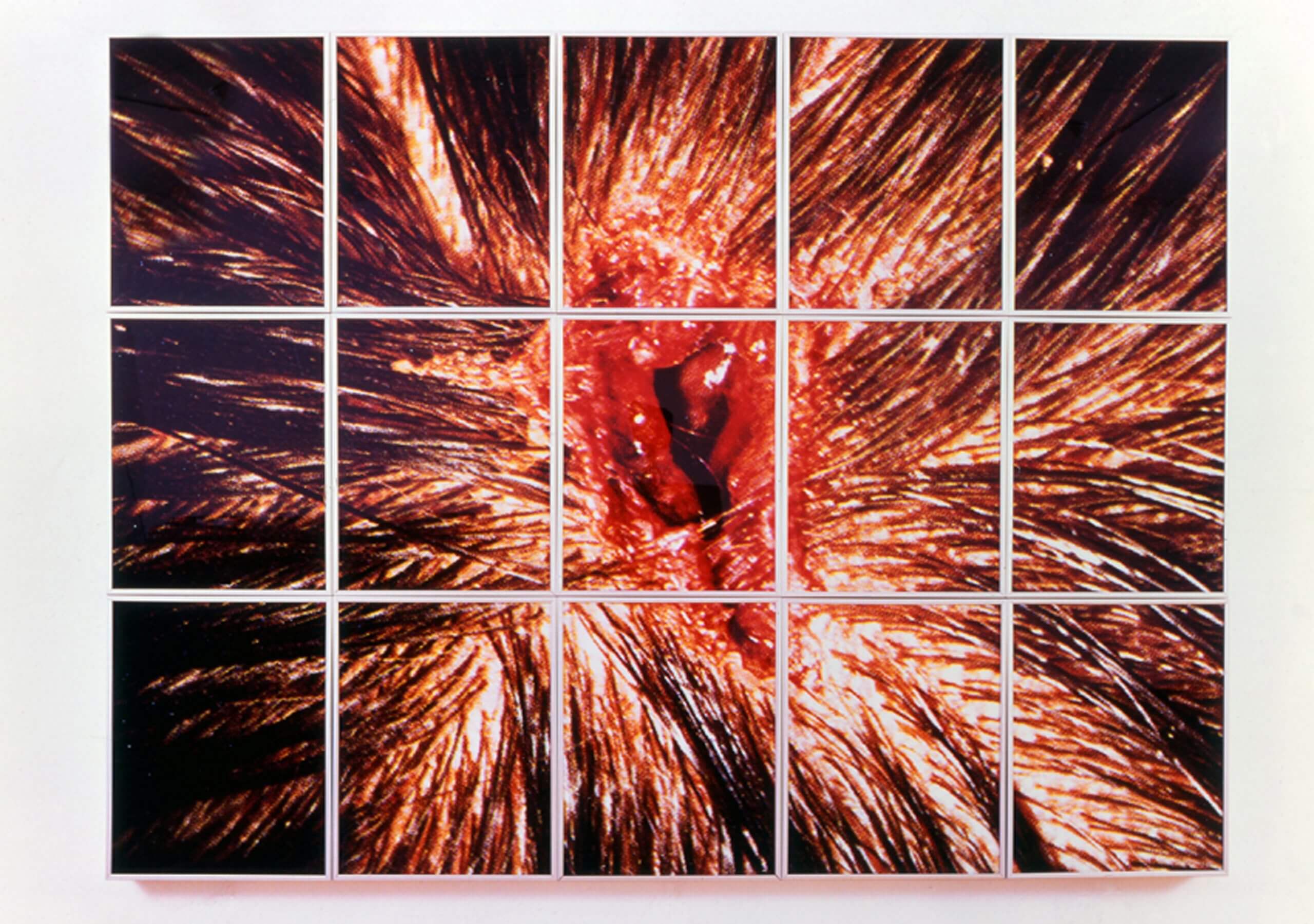
Bullet Hole (1988)
Fifteen light boxes Cibachrome mounted
243.8cm x 365.8cm
Courtesy of the artist
We’re now almost 35 years past the seminal Freeze exhibition at Goldsmiths, where Charles Saatchi purchased one of your works. How far (or, perhaps, how far backward) has the visual art world come since then? What does this exhibition mean to you, retrospectively?
The artwork Bullet Hole that I exhibited in Freeze actually finished up rusting and rotting in a crate outside the building. Charles Saatchi acquired a re-fabricated version of the work nine years later for the Sensation exhibition. The visual art world is a completely different universe to the one it was in the mid to late 1980’s. 35 years ago, visual art was a tiny niche vocation, exhibiting was a rare occurrence, [and] most artists toiled in the shadows without ever showing their work in a commercial gallery or museum. I get the feeling now that all the trimmings of a career are integral to the business of creating artworks. Artists and artworks have a public persona that percolates beyond the art milieux. Social media has only exacerbated this phenomenon. We were fortunate at Goldsmiths that a group of like-minded students were all hungry to exhibit their works together, were prepared to find a building, and do the necessary work to convert it into a half-decent exhibition space. I think it was pivotal that most of the artists had a conceptual element to their work. If you’re making conceptual artworks, they don’t really exist until they have been contemplated by an audience, so it is imperative to get them out into the real world.
What anecdotes do you remember from the YBA period? What was your relationship like with your colleagues like Damien Hirst, Ian Davenport, Tracey Emin and others?
I remember working a shift behind the bar at the Bass Clef, a jazz club in Hoxton, before returning to complete the Bullet Hole installation in Freeze. I arrived back at the space at around 1am, rolled a spliff, and passed it to a couple of the guys who were installing with me. I was then up a ladder fitting the lightbulbs in the artwork and I called out for someone to pass me some pliers. After no response for a couple of minutes, I looked out around to see both guys passed out asleep on the floor. I had the depressing realisation I was now on my own and way out of my depth. I was still putting final touches to the work with Damien when the first visitors came into the exhibition at 6pm the following day. Generally, there was a great sense of camaraderie, everyone helped each other out – although there were inevitable arguments, a fair few fights, and a large amount of drinking. It was chaos, but there was a method to the madness, like a swarm of bees who somehow instinctively understood how they should navigate a route forwards.
Your artistic production finds inspiration in the Victorian age, a kind of critique of England. Why this choice?
I think of the Victorian era as the crucible which formed the 20th century. It was the height of the industrial revolution, the birth of photography and the dawning of psychology as a practice. In appearances there is a dramatic contrast between the 19th and 20th century, the fussy over design of the 19th against the clean, sharper lines of the 20th century. I like to take elements from the past and incorporate them with contemporary technology so the artwork becomes a bridge between the past and the present. In my installation Threshold, I re-created the first major exhibition of photography in 1839, this was the first time the general public walked into a room and saw large amounts of images generated scientifically without an artist’s hand. However, as my recreation was a virtual reality exhibition, they were actually looking at this 1839 display through the lenses of a 21st century technology. I also introduced Chartists demonstrators outside the windows of the virtual exhibition, so visitors could see the protests of men and women whose lives were impacted by these innovations in science and technology which were potentially taking away their livelihoods. I wanted to evoke this spectre of this downside to technological innovation, the fact that progress comes at a social cost and the digital revolution we are going through now is comparable to the disruption and detriment which the industrial revolution precipitated.
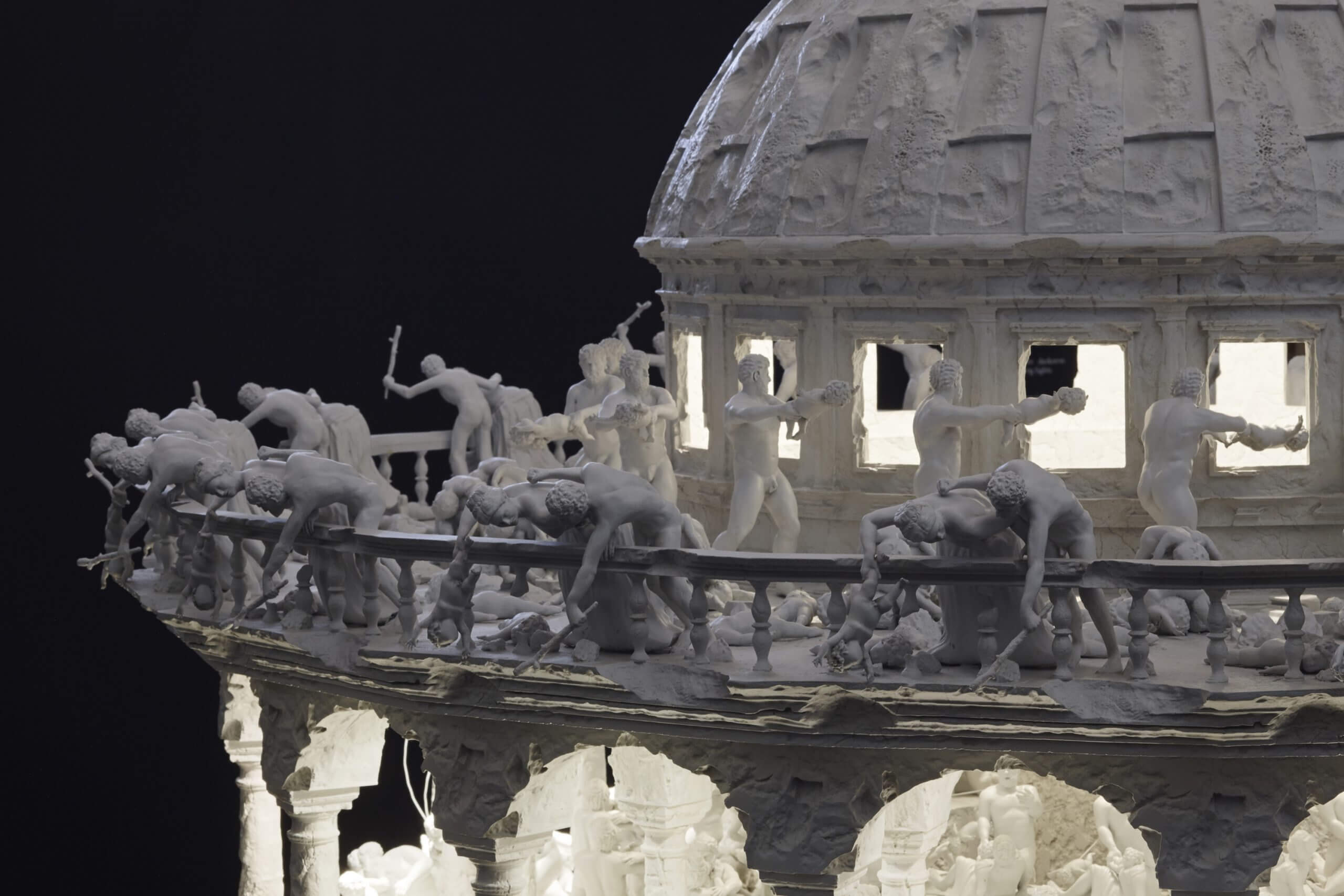
All Things Fall (detail, 2014)
Edition 1 of 2
Steel, aluminium, plaster, resin, LED lights, motor
200 x 200 x 200cm
Installation view at Galleria Borghese (Rome)
Photo credit: Mat Collishaw
How is your “mechanical work” conceived? What are the production times?
I work across an extremely broad range of media. Generally, I have an idea which I want to work with, then I try to find the appropriate media to best express that idea. I wanted to make a work about social media and our addiction to digital devices, but I wanted to reference experiments in behavioural psychology by B.F. Skinner that were later used by software designers at Facebook, Twitter, and Instagram. These behavioural psychology experiments established that animals, and by extension humans, are programmable and that cunning design can hijack our psychological vulnerabilities. I rebuilt pigeons in Operant Conditioning Chambers using animatronics, the birds peck on their chambers buttons in the hope of getting a reward as we tap on our devices hoping for ‘likes’, ‘comments’ and ‘shares’. This sinister, programmable and mechanical side of our nature is implicit in the animatronic sculptures I built to commemorate these early psychological experiments. Each mechanical work I make takes approx 9-12 months to create, at least half of that time is in the design stage. A large majority of the components are designed and then created using CNC cutting or 3-D printing. A significant amount of time is spent creating an optimum balance between the aesthetics and the functionality of the artwork.
Can you tell me how the documentary Black Mirror (2014) by Elisa Fuksas was conceived, also the title of your exhibition at the Galleria Borghese in Rome?
I initially approached Anna Coliva at Galleria Borghese and asked her if she was interested in making an exhibition. I was pretty shocked when she said she was potentially interested. The building is intense and the collection of paintings and sculptures are exquisite. With the Black Mirror works, I wanted to make sculptures which commemorated that moment when the painting was being executed, the period when a living breathing person in the real world was transformed into an icon, the transition from grubby reality to iconic status, both as a biblical figure, St. Jerome or David for example, and subsequently as a masterpiece of Baroque painting. In my works the twitching, breathing figures flicker and disappear behind the black, glass gilded mirror, they appear and disappear like ghosts caught in a reflection. All Things Fall is a sculptural recreation of The Massacre of the Innocents, which appears in a painting at [the Galleria] Borghese by Scarsella. Every surface in the grand room where this work was exhibited is covered in writhing naked bodies, a lot of them consumed in acts of violence. I wanted to create a work that reflected this carnage but was not immediately abhorrent. A carousel of cruelty that was also compelling to look at. The process of making this exhibition was obviously non trivial and I was fortunate to have Elisa to document some of the process.
You’ve previously cited British pathologist Austin Gresham’s 1975 book, A Colour Atlas of Forensic Pathology, as one your primary source materials. Some of these images edge towards a total realisation of the abject. But when we all look around, the world is saturated with tragic, real abjection. How can we (as viewers) and artists (as makers) approach abjection without crossing over into simply cataloguing travesty?
The original photograph for the work Bullet Hole was from Gresham’s book, but it was perhaps the most benign of the 256 images featured in it. I’ve been fascinated as to what draws humans to imagery of violence and have read a lot on the subject matter. The most interesting observation I have come across is from Steven Pinker in his book, Better Angels of our Nature: Why Violence Has Declined (2011). Pinker says that when violence erupts – and it is generally a rare occurrence – the consequences are so dramatic and the potential for fatality so pressing that it serves us very well to pay attention to any manifestation of it. So, from gladiatorial battles to Tom and Jerry cartoons, from bear-baiting to violent computer games, we are driven to understand the nuance of combat as we may learn something that will one day save our lives. Therefore, this interest in the macabre is not sick or twisted: it is healthy and positive, it comes from a survival mechanism. There are many other examples of the abject and I’m interested in how we navigate this territory. What is it to look? Who had the power? Is it the viewer or is it the architect modelling a system of manipulation or exploitation. These are all very interesting questions for the visual artist.
Following your aesthetic and scientific approach, how do you consider the art market today, which is increasingly integrated into the world of social media networks? How has it changed for you from this point of view?
This landscape of digital technology is a whole new terrain, it’s a network of communication that will create multiple new opportunities for artists and the art market. It’s a democratising process, as virtually anyone now has the ability to create content and virtually anyone has the ability to distribute [that] content. However, the level of “noise” has now also increased exponentially, so finding stuff that actually resonates has become much more challenging. The downside of this is that we begin to rely on a diminishing number of channels, either through choice or because an algorithm eliminates anything that doesn’t appeal to our narrow range of interests. This is leading to a polarisation of thought that is divisive and potentially extremely corrosive. I’m trying to deal with this by developing projects such as Bedlam, an immersive, interactive, metaverse experience that takes visitors back to the world’s first lunatic asylum. In the 17th century, people would pay a penny to go to the lunatics as a form of entertainment. We look back at this now and deem it insensitive and appalling, but is it much different from reality TV? Big Brother, Love Island or multiple exploitative videos on social media? The internet is a new extremely effective portal that helps feed our voyeuristic appetite for spectacle.

Black Mirror, Hydrus (2014)
Black Murano Glass, surveillance mirror, steel, wood, lacquer, ultra-HD screen and hard drive
260 x 160 x 40cm
Installation view at Galleria Borghese (Rome)
Photo credit: Mat Collishaw
Any future projects on the horizon?
Sky Burial, the 35-minute film I made during lockdown to accompany live performances of Faure’s Requiem, is currently touring concert halls around the world. I also made a series of paintings and a sculpture that reference the aggression that emerged online during the early stage of the pandemic, when everything went quiet outside and people turned to social media to attack and take people down. The artworks take the form of representation of the hunter and the hunted, the primal instinct to attack or defend and the spooky remoteness of contemporary forms of online malevolence. I’ve developed another immersive project Dead Souls which takes Nikolai Gogol’s book Dead Souls about creating an index of dead servants for financial gain and repurposes it as a project about Deep Fakes and data harvesting, the modern means of extracting data and monetising it. I’m also developing a collection of dynamic NFT’s that reference the 17th century Dutch preoccupation, Tulip Mania. Plus, obviously, a few gallery-based exhibitions.





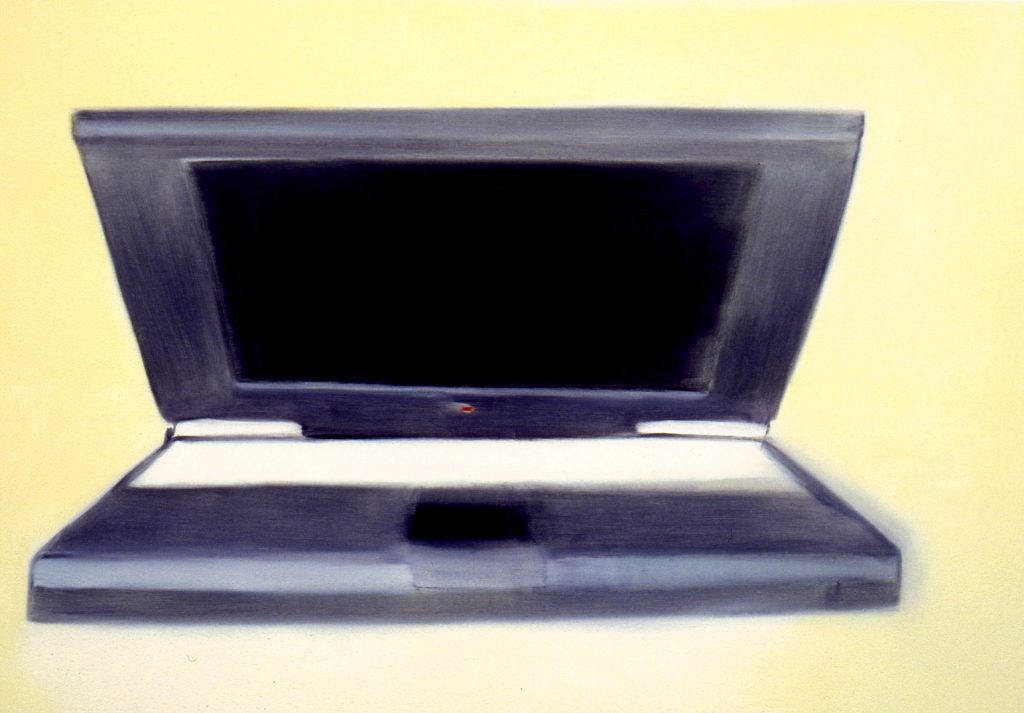


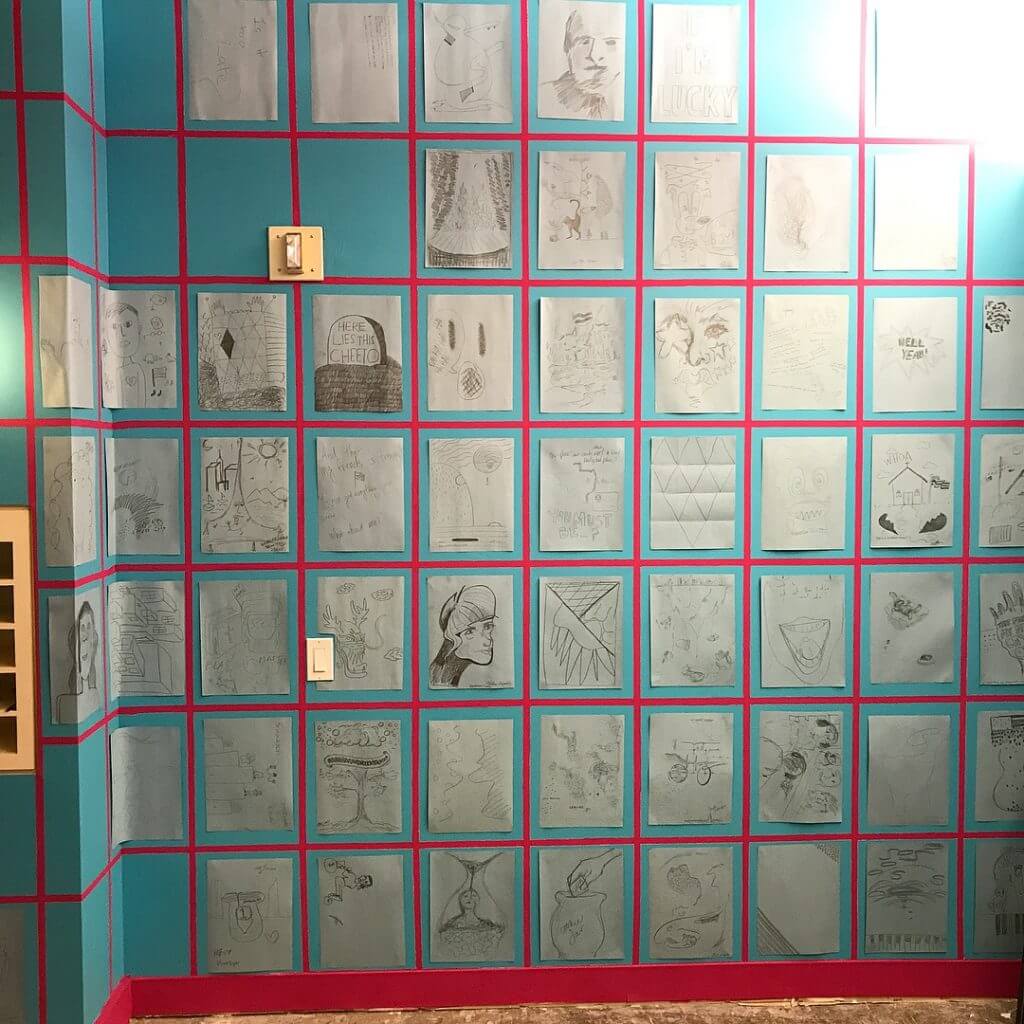
Responses